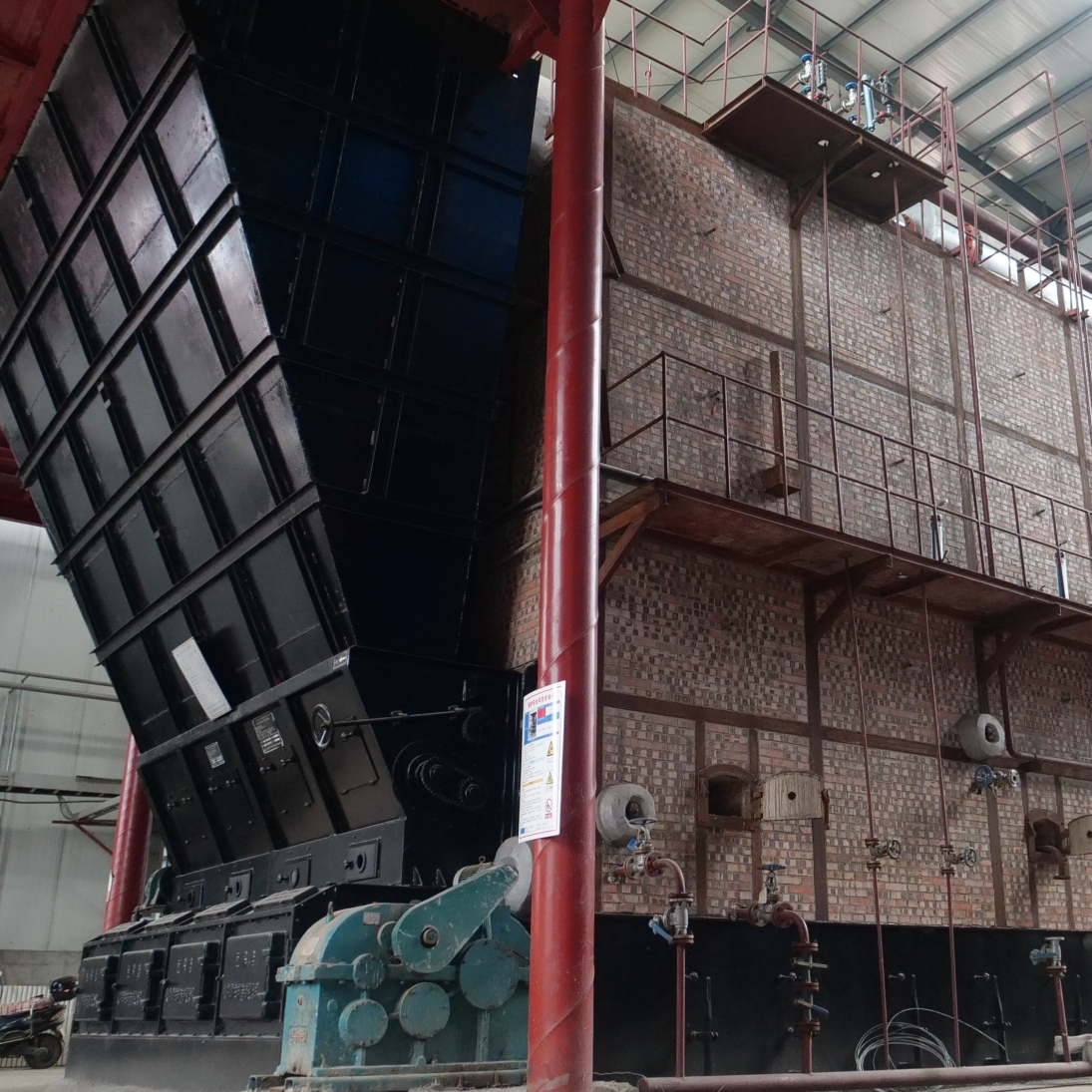
ທ.ວ. . 25, 2024 15:40 Back to list
steam boiler design
Understanding Steam Boiler Design Principles and Practices
Steam boilers are crucial components of many industrial applications, serving as vital instruments for heating and power generation. Understanding the design of steam boilers is essential for engineers, operators, and maintenance personnel. This article explores the core principles and practices involved in steam boiler design while highlighting various types of boilers and key design considerations.
Types of Steam Boilers
There are several types of steam boilers, each suited for specific applications and operating conditions. The primary categories include
1. Fire-tube Boilers In fire-tube boilers, hot flue gases from combustion pass through tubes that are surrounded by water. These boilers are usually low-pressure units and are widely used in smaller scale applications. Advantages include ease of operation and relatively low initial costs.
2. Water-tube Boilers In contrast to fire-tube boilers, water-tube boilers contain water-filled tubes that are heated by external combustion gases. These systems are typically designed for high-pressure and high-temperature steam generation. They are used in large power plants and industrial processes where efficiency and capacity are essential.
3. Electric Boilers Electric boilers use electricity to generate steam, offering an alternative for applications where fuel options are limited. They are often used in smaller applications where high efficiency and fast response times are necessary.
Key Design Considerations
When designing a steam boiler, several key factors must be analyzed to ensure safety, efficiency, and reliability
steam boiler design

1. Thermodynamics Understanding the thermodynamic principles is fundamental to boiler design. The design must ensure that the heat transfer is maximized while minimizing energy losses. The efficiency of a boiler is typically expressed in terms of its thermal efficiency, which is the ratio of the useful energy output to the energy input.
2. Material Selection The materials used in construction must withstand high temperatures and pressures. Common materials include carbon steel, stainless steel, and special alloys that resist corrosion and wear. The choice of material also impacts not only the thermal efficiency but also the boiler’s longevity.
3. Pressure and Temperature Ratings The design must comply with industry standards and regulations that govern maximum pressure and temperature ratings. Safety valves and pressure gauges are essential components that help prevent overpressure situations, ensuring safe operation.
4. Fuel Type and Combustion The choice of fuel significantly impacts the design of a steam boiler. Different fuels have varying combustion properties that must be considered in the design phase. The combustion system must provide efficient and controlled burning of the fuel, ensuring complete combustion to reduce emissions and maximize energy recovery.
5. Control Systems Modern steam boilers are equipped with sophisticated control systems that monitor and manage the operation of the boiler. These control systems optimize performance by regulating factors such as pressure, temperature, and fuel flow. Automation increases efficiency and reduces the possibility of human error.
6. Safety Features Safety in boiler design is paramount due to the potential risks associated with high-pressure systems. Safety features may include blow-off valves, water level indicators, and automatic shut-off controls. Regular maintenance schedules are essential to ensure that these safety mechanisms are operational.
Conclusion
The design of steam boilers is a multifaceted endeavor that requires a deep understanding of thermodynamics, material science, and engineering principles. By selecting the appropriate type of boiler, considering key design factors, and ensuring compliance with safety standards, professionals can create efficient, reliable, and safe steam generation systems. As industries continue to evolve, ongoing advancements in technology and engineering practices will further enhance the performance of steam boilers, reinforcing their importance in energy production and industrial applications. The future of steam boiler design looks promising, with innovations aimed at increasing efficiency and reducing environmental impact, ultimately leading to more sustainable industrial practices.
-
High-Efficiency On-Off Steam Boiler for Reliable Heating Solutions Compare with Off Boiler Water Heaters & Steam Generators
NewsJun.24,2025
-
Best Steam Boiler Design PDF Free Design Calculation & Diagram Downloads
NewsJun.10,2025
-
Hot Boiler Water Heater Efficient Heating Solutions for Home & Commercial Use
NewsJun.10,2025
-
Steam Boiler Safety Devices High-Quality Protection Valves
NewsJun.10,2025
-
Ultimate Steam Boiler Checklist for Safety & Efficiency
NewsJun.10,2025
-
Optimal Hot Water Boiler Temperature Setting Guide
NewsJun.10,2025
Related PRODUCTS






















